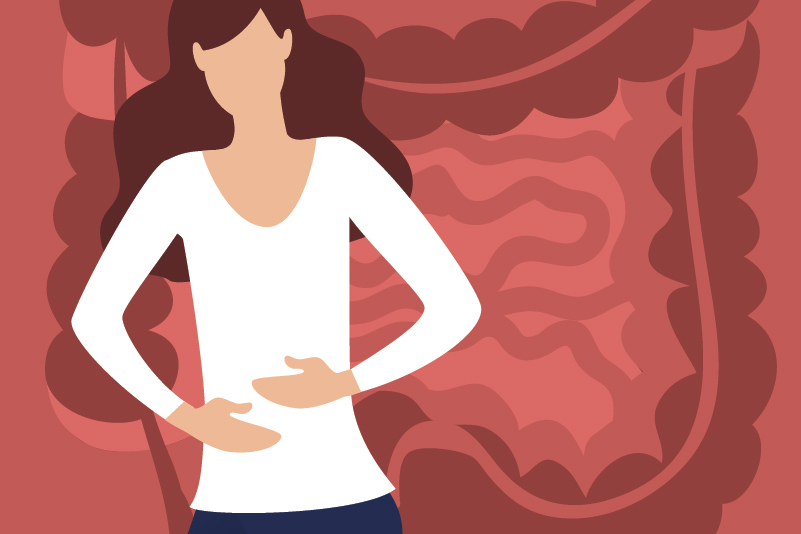#161 Docusate: A Placebo Pill for Soft Poops

Reading Tools for Practice Article can earn you MainPro+ Credits
Join NowAlready a CFPCLearn Member? Log in
- Randomized Controlled Trials (RCTs) of both brands, docusate sodium (Colace™) and docusate calcium (Surfak™).
- In functional or medication-induced constipation versus placebo:
- 74 Palliative care patients (91% on opioids) on daily senna, received docusate or placebo.1 Over 10 days:
- No difference in daily bowel motions (BMs) or sense of complete evacuation.
- 74 hospitalized patients (immobilized or semi-ambulatory) in cross-over RCT received docusate or placebo.2 Over 30 days:
- Docusate increased weekly BM by ~1/week.
- No change in patient satisfaction.
- Limitations: 26% lost to follow-up, statistics not performed, and study 60 years old.
- Docusate sodium versus docusate calcium compared to placebo: Three week RCT in 46 elderly (mean age 82 years) institutionalized patients.3
- Neither significantly changed number of weekly BMs (our calculation as misleading statistics reported).
- Other placebo-controlled RCTs limited by:
- Enrolled inappropriate patients (example comatose).4
- Randomization not described5,6 or incorrect (flipping coin).4
- Patients and/or outcome assessors not likely blinded.4,5
- Selective reporting on sub-group of patients.5,6
- 74 Palliative care patients (91% on opioids) on daily senna, received docusate or placebo.1 Over 10 days:
- In functional or medication-induced constipation versus active comparator:
- Docusate sodium versus psyllium: RCT of 170 patients (mean age 37 years, 92% females) over two weeks:7
- Weekly BMs: Increased with psyllium (0.5/week), docusate no change.
- Docusate sodium versus psyllium: RCT of 170 patients (mean age 37 years, 92% females) over two weeks:7
- Post-operative patients:
- Senna and docusate versus:
- Placebo: First BM ~1 day sooner8 with senna and docusate but benefit possibly due to senna.
- Polyethylene glycol (PEG): First BM 1-2 days sooner with PEG.9
- Senna and docusate versus:
- Pregnant/post-partum patients:
- No RCTs on docusate alone.10,11
- In functional or medication-induced constipation versus placebo:
- Constipation affects 12-19% of North American adults, most commonly children, elderly, and females.12
- Despite widespread prevalence, most constipation studies limited by small numbers and short study periods.
- Docusate use may be low (~6%) in primary care patients13 but stool softner use more common (26%) in nursing home patients.14
- For comparison, osmotic agents increase BMs in adults and children by ~2-3 per week.15






